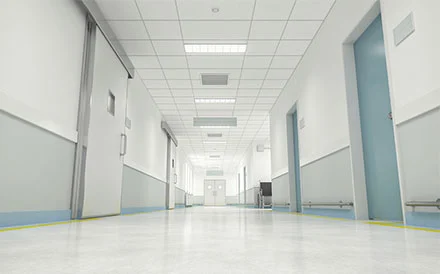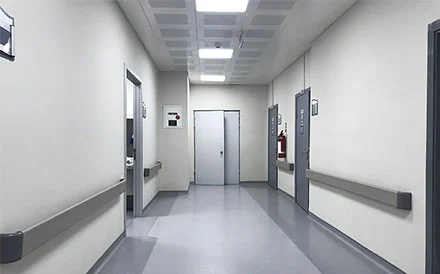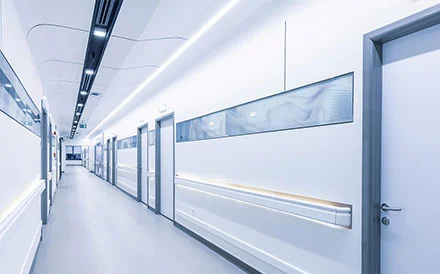For stroke patients, the notion that "the sooner one practices walking, the better" holds some truth. Extended periods of bed rest or wheelchair use can lead to the development of acrophobia or a fear of falling when patients begin to attempt standing and movement. Moreover, prolonged periods of lying or sitting weaken trunk strength and exacerbate global flexion-abnormality patterns in the patient, making it more difficult to counteract gravity or manage trunk sway during standing. However, this doesn't mean that patients should be rushed into ambulatory training.
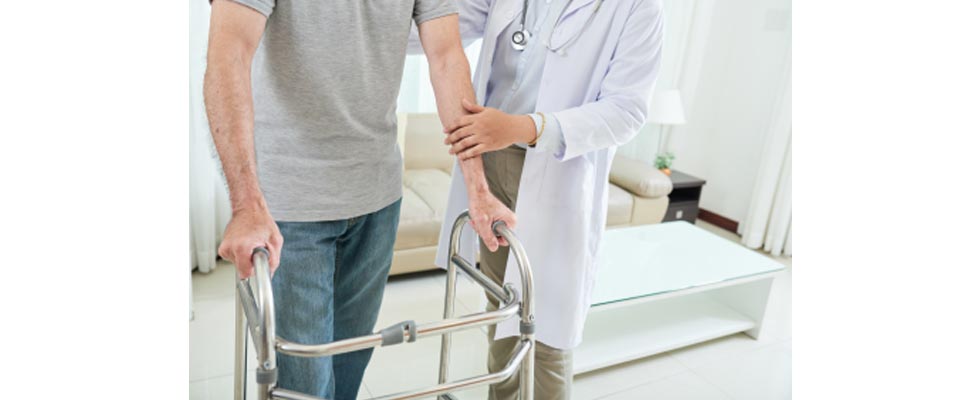
A common mistake, often made in urgency, involves family members essentially "carrying" the patient in the hallways, dragging them forward. Or, a situation where patients hold onto railings while family members tie a rope to the patient's affected leg, pulling them forward. These practices not only fail to assist in the patient's walking training but can also increase the difficulty of walking in later stages by encouraging incorrect gait patterns. Once established, these patterns become exceedingly hard to rectify. Therefore, haste in ambulatory training is also inadvisable.
The answer for when to start walking training should always be individualized: we should consider factors like the patient's trunk control ability, lower limb strength, and balance capabilities, while also avoid failed attempts and adverse effects. All these variables collectively suggest that walking training should be progressively structured and should never be undertaken in a hasty, brute-force, or rigidly repetitive manner.
① The foundational prerequisite for initiating walking practice is the patient's ability to sustain a bipedal stance for a duration exceeding 10 minutes.
② In the initial stages of ambulatory efforts, neither the therapist nor family members should need to assist the patient in either statically extending the affected leg for support or moving it passively to take steps.
③ The patient should be capable of bearing weight on the affected leg, signifying that they can advance the unaffected leg forward without falling due to inadequate support from the affected leg. It is critical to note if there are instances of persistent knee hyperextension or foot dorsiflexion during weight-bearing on the affected leg. If observed, such aberrant motor patterns may become ingrained and pose challenges for future modification. In such scenarios, the focus should shift towards selective flexion-extension training of the affected leg, rather than relying on hyperextension.
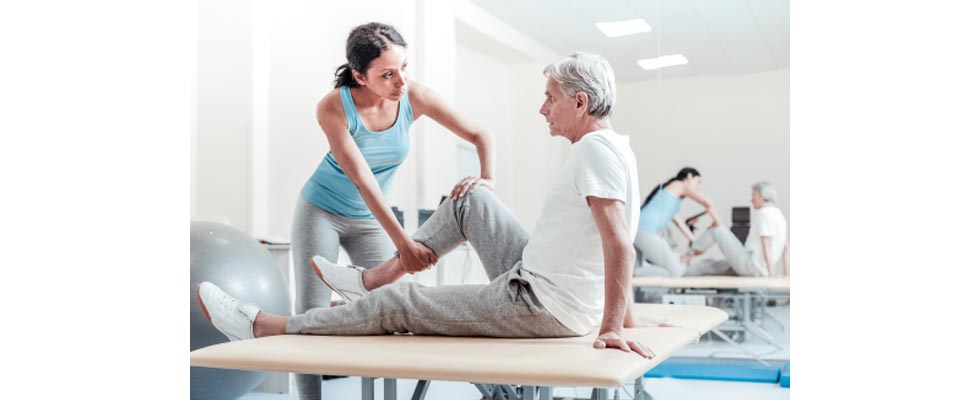
④ During tentative stepping, the patient should be able to transfer their center of gravity onto the unaffected leg and advance the affected leg without major tilting or twisting of the torso. A discernible indicator is the patient’s ability to step onto a platform lower than 5 cm with the affected leg, while the unaffected leg provides support.
⑤ Utilizing appropriate assistive technologies such as crutches or mobility rollator walker, the patient should be able to ambulate in a relatively normal pattern without conspicuous limb spasticity or trunk tremors.
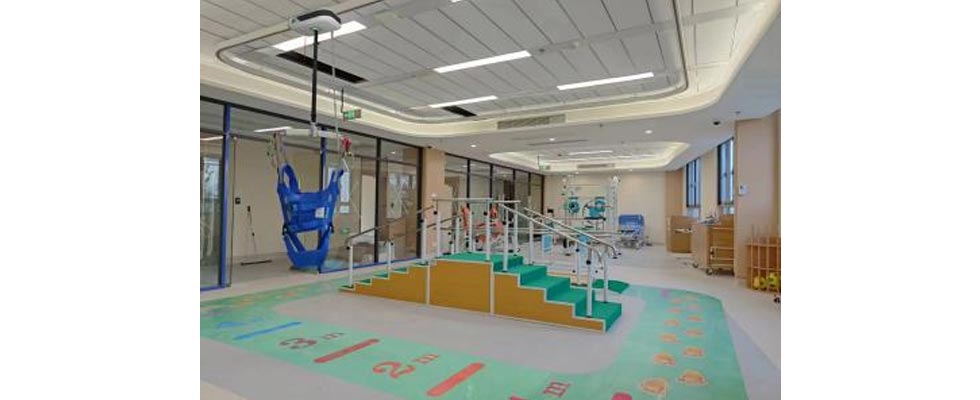
Once the patient meets these criteria, employing a ceiling mounted lift can facilitate more convenient and effortless ambulatory training. Dressing the patient in a fitted walking vest and combining assistive devices can provide them with supportive and protective forces, enhance lower limb muscular endurance, boost patient motivation for correct stepping, and concurrently minimize caregiver dependency.

Hey, I’m Frank from Meddo Medical.
With over 15 years of experience in medical devices and healthcare innovation, I specialize in providing OEM & ODM solutions for hospitals and clinics worldwide.
My goal is to share professional knowledge and industry insights to help healthcare providers choose reliable, high-performance medical equipment that improves patient outcomes.
 English
English français
français Español
Español العربية
العربية
